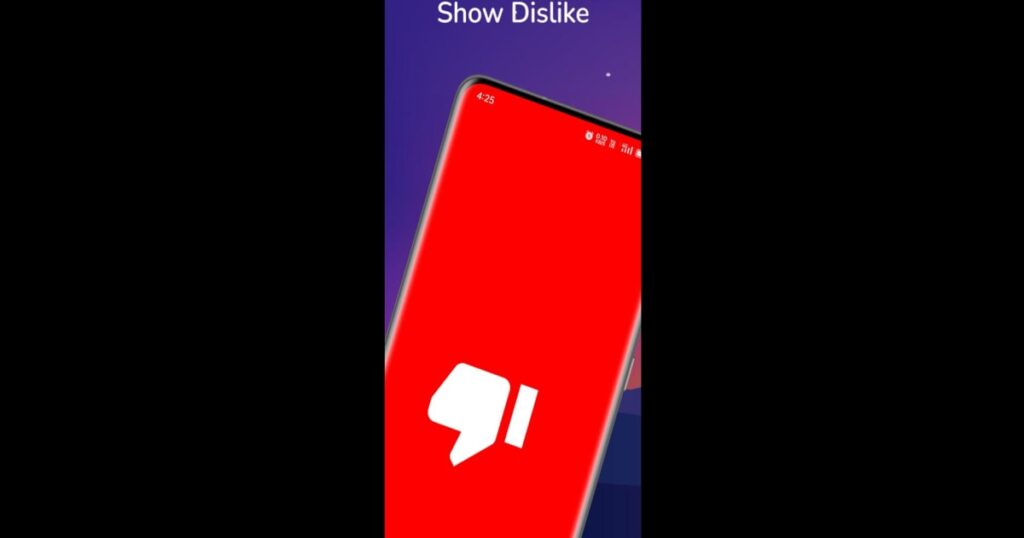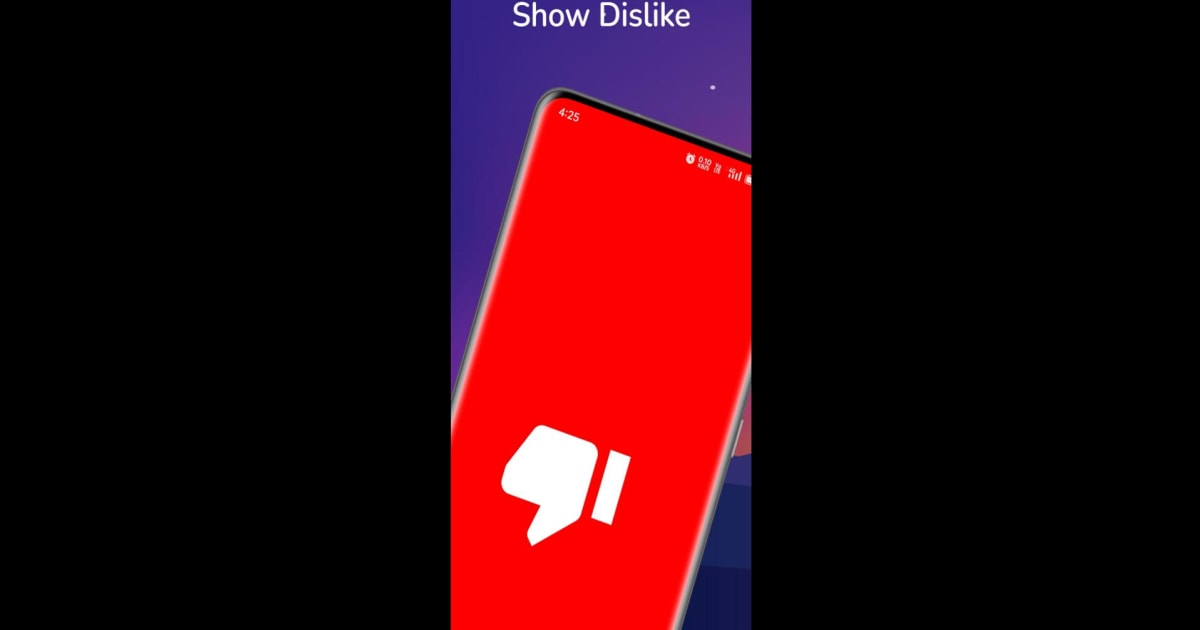
The Dislike Counter on YouTube: Understanding Its Removal and Alternatives
In late 2021, YouTube made a significant change to its platform: the public dislike counter was removed from videos. This decision sparked considerable debate among creators and viewers alike. While the button itself remained, the visible count of dislikes vanished, leaving many to wonder about the reasoning behind this change and its impact on the YouTube ecosystem. This article delves into the reasons for the removal of the dislike counter, its effects, and the alternative methods users and creators have adopted to navigate this new landscape.
Why Was the Dislike Counter Removed?
YouTube cited several reasons for removing the public dislike counter. The primary justification was to protect creators from harassment and targeted dislike campaigns. According to YouTube, smaller creators and those just starting out were disproportionately affected by dislike attacks, where coordinated efforts would artificially inflate the dislike count on their videos. This could be incredibly demoralizing and discourage creators from continuing to produce content.
Another reason cited was to promote a more inclusive and respectful environment on the platform. By removing the visible dislike counter, YouTube aimed to reduce the potential for negativity and create a space where creators felt safer to experiment and share their ideas without fear of being bombarded with dislikes. The company believed that this would ultimately lead to a more diverse and vibrant content ecosystem.
YouTube also pointed to internal experiments that showed that removing the dislike counter reduced dislike attacking behavior. These experiments indicated that the visibility of the dislike count could, in some cases, encourage users to pile on and dislike videos simply because they saw that others had already done so.
The Impact of Removing the Dislike Counter
The removal of the dislike counter had a mixed impact on the YouTube community. Some creators welcomed the change, feeling that it protected them from unwarranted negativity and allowed them to focus on creating content without being overly concerned about the dislike count. Others, however, expressed concerns that it reduced transparency and made it harder for viewers to gauge the quality and relevance of a video.
Viewers also had varying reactions. Some appreciated the reduction in negativity, while others felt that the dislike counter was a valuable tool for quickly assessing whether a video was worth watching. The dislike counter was often used to identify clickbait, misleading information, or low-quality content, and its removal made it more difficult to filter out such videos.
Critics argued that the removal of the dislike counter primarily benefited large corporations and established creators who were less vulnerable to dislike attacks. They contended that these entities had the resources and influence to weather any negative feedback, while smaller creators were left without a clear way to gauge audience sentiment.
Alternatives to the Dislike Counter
Despite the removal of the public dislike counter, several alternative methods have emerged for viewers and creators to assess video quality and gauge audience sentiment. These include:
- Reading Comments: The comments section remains a valuable source of feedback. Viewers can often find insightful opinions and critiques in the comments, which can help them determine whether a video is worth watching.
- Looking at the Like-to-View Ratio: While the dislike counter is gone, the like button remains. The ratio of likes to views can provide a general indication of how well a video is received. A high like-to-view ratio suggests that the video is generally well-liked.
- Using Third-Party Browser Extensions: Several browser extensions have been developed to restore the dislike counter. These extensions typically rely on data from users who have also installed the extension, providing an estimate of the dislike count. However, the accuracy of these estimates can vary.
- Creator Feedback: Some creators have chosen to be more proactive in soliciting feedback from their audience. They may ask viewers to leave comments or participate in polls to gauge their reaction to the content.
- Analyzing Audience Retention: Creators can use YouTube Analytics to track audience retention. This data shows how long viewers are watching a video, which can be a valuable indicator of engagement and quality. A video with high audience retention is likely to be well-received, even without a visible dislike counter.
The Future of Feedback on YouTube
The removal of the dislike counter is just one example of how YouTube is constantly evolving its platform. It remains to be seen whether the company will eventually reintroduce a similar feature or develop new ways for viewers to provide feedback. In the meantime, the YouTube community will continue to adapt and find alternative methods for assessing video quality and expressing their opinions.
The debate surrounding the dislike counter highlights the complex relationship between creators, viewers, and the platform itself. While YouTube’s intentions may have been to create a more positive and inclusive environment, the decision has raised important questions about transparency and the role of feedback in shaping the content landscape. As YouTube continues to evolve, it will be crucial to find a balance between protecting creators and empowering viewers to make informed decisions about the content they consume.
Ultimately, the success of YouTube depends on the ability of creators to connect with their audience and produce engaging content. While the dislike counter may be gone, the fundamental principles of quality, relevance, and authenticity remain as important as ever. Creators who focus on these principles are more likely to thrive, regardless of the presence or absence of a visible dislike count.
The removal of the dislike counter also emphasizes the importance of critical thinking and media literacy. Viewers should not rely solely on a single metric to determine the quality of a video. Instead, they should consider multiple factors, such as the credibility of the source, the arguments presented, and their own personal judgment. By developing these skills, viewers can become more discerning consumers of online content and make more informed decisions about what they watch.
In conclusion, while the removal of the dislike counter on YouTube has been a controversial topic, it has also sparked important conversations about the role of feedback, transparency, and the overall health of the platform. As YouTube continues to evolve, it will be crucial to find a balance between protecting creators and empowering viewers, ensuring that the platform remains a vibrant and valuable resource for both content creators and consumers alike. The impact of the missing dislike counter is still unfolding, and the community is continuously finding new ways to evaluate content. The future of feedback on YouTube is likely to be shaped by ongoing experimentation and adaptation, as the platform seeks to create a sustainable and engaging ecosystem for all.
[See also: How to Improve YouTube Engagement] [See also: YouTube Algorithm Explained] [See also: Best YouTube Analytics Tools]

